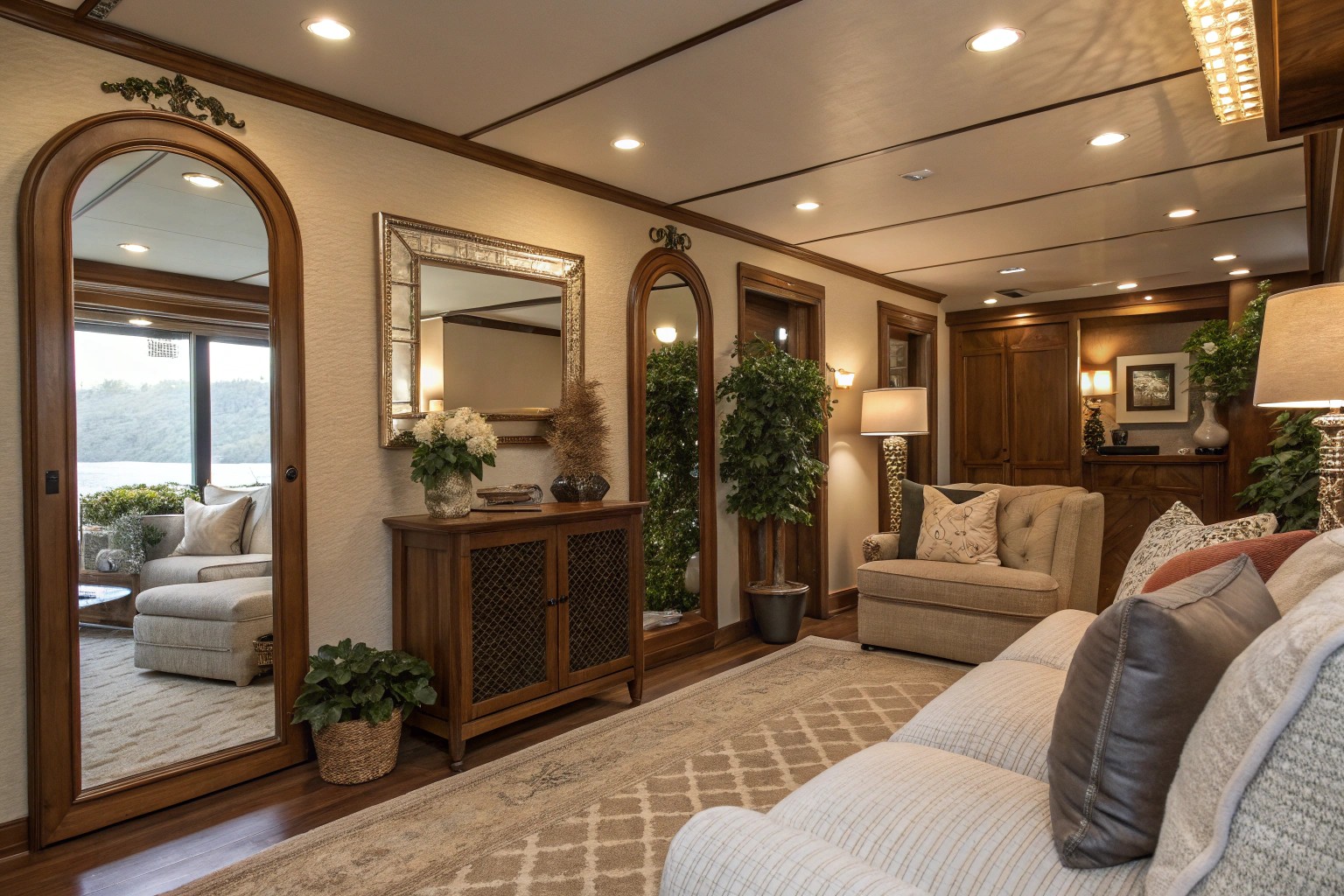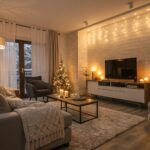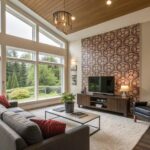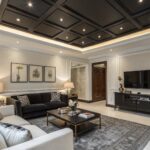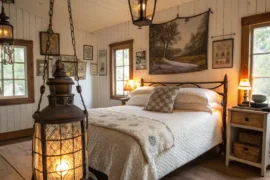Dark, windowless spaces present unique design challenges but also exciting opportunities for transformation. After years of revitalizing gloomy basements, interior bathrooms, and windowless offices, I’ve developed a toolkit of strategies that can turn even the most light-deprived room into a bright, welcoming environment. Whether you’re dealing with a basement bedroom, an interior bathroom, or a workspace without natural light, these techniques will help you create spaces that feel naturally bright and uplifting.
Understanding Light Psychology
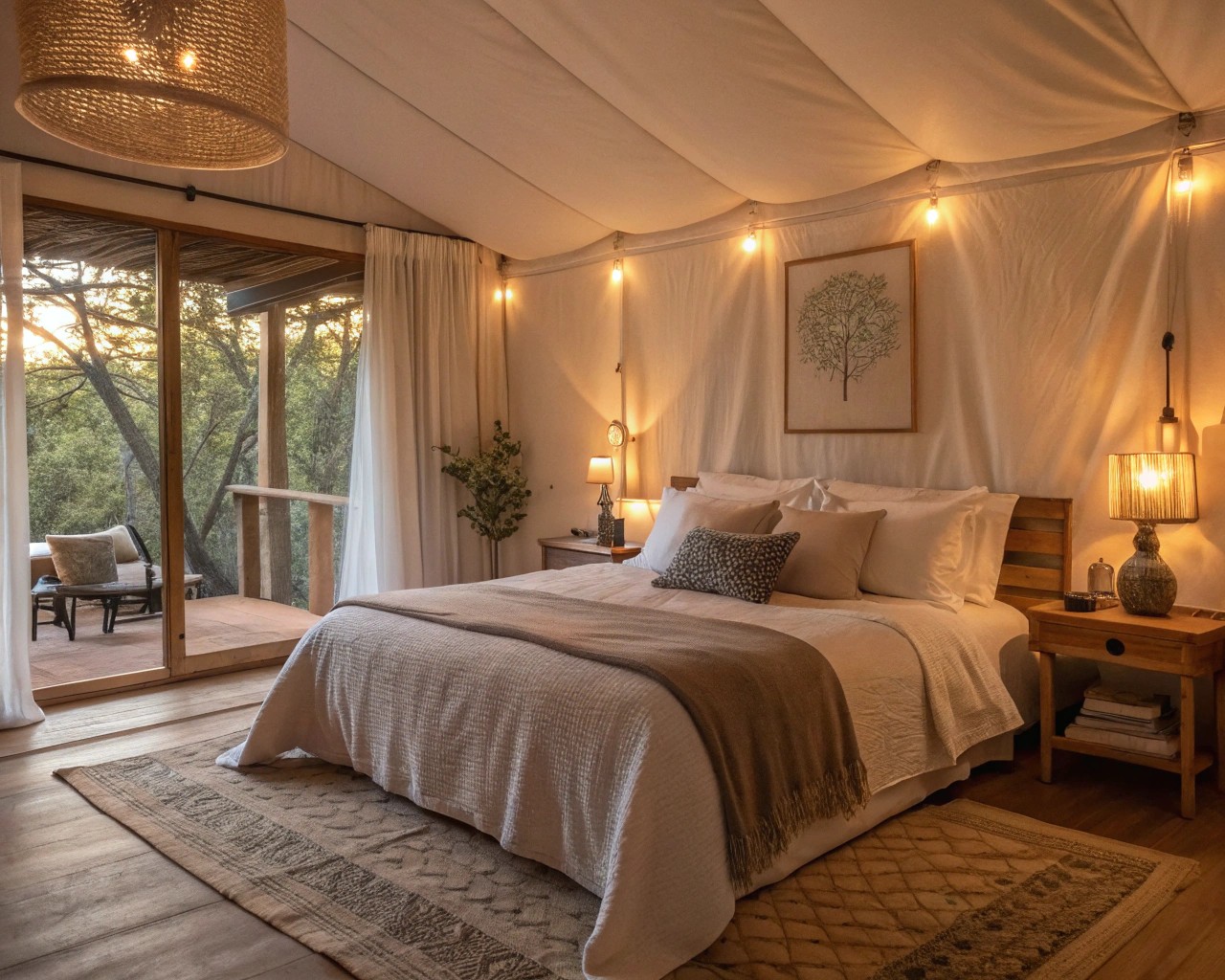
Humans instinctively crave bright, airy spaces during waking hours. Light affects our mood, productivity, and overall wellbeing in profound ways. In windowless rooms, our goal isn’t just adding brightness—it’s creating the feeling of natural illumination that makes spaces feel alive and connected to the outside world.
As one client told me after we transformed her basement office: “It doesn’t just look brighter—it feels like a completely different space. I actually enjoy working down here now.”
Strategic Color Choices for Dark Spaces
Best Paint Colors for Light-Starved Rooms
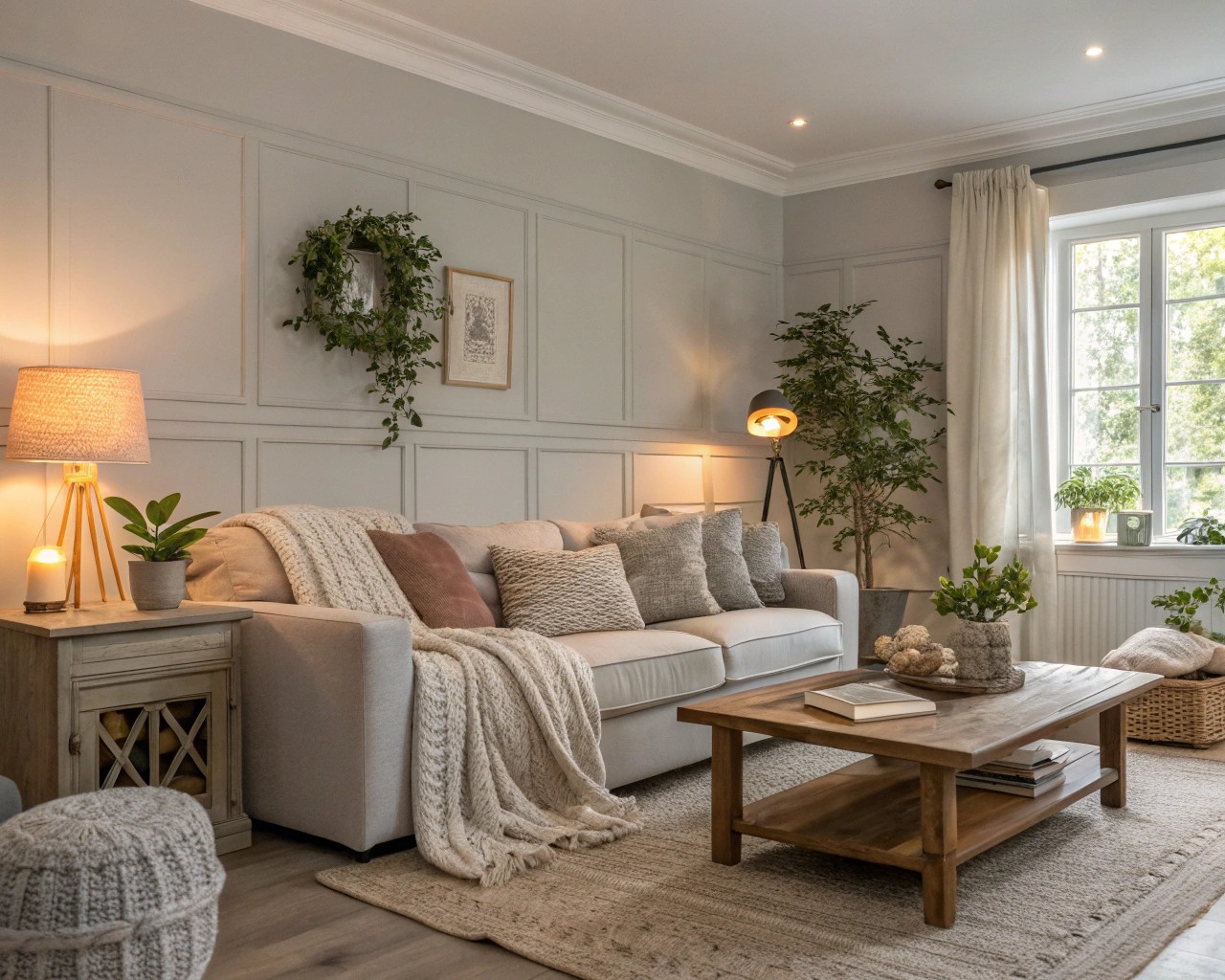
The walls of a windowless room offer your largest canvas for brightness transformation:
- Pale blues and grays – These reflect light beautifully while avoiding the clinical feel of pure white
- Off-white shades with warm undertones – Provide warmth without absorbing too much light
- Duck-egg blue and soft gray – Particularly effective for painted wooden floors
- Light neutrals – Create a base that brightens even the smallest rooms
In a recent basement renovation, we used a pale gray with subtle blue undertones that transformed the space instantly. The color reflected the artificial lighting in a way that mimicked natural daylight filtering through windows.
The 60-30-10 Rule for Dark Rooms
When designing color schemes for windowless rooms, follow this foolproof formula:
| Percentage | Color Role | Application |
|---|---|---|
| 60% | Main color | Walls, large furniture pieces |
| 30% | Secondary color | Accent furniture, textiles |
| 10% | Accent color | Accessories, artwork |
For dark rooms, use the lightest shade for the 60%, a medium tone for the 30%, and a rich, saturated color for the 10% to create depth without overwhelming the space.
Embrace Contrasting Colors
Surprisingly, some dark rooms benefit from embracing darker colors rather than fighting against them. Navy blue, deep green, and even black can create sophisticated spaces when used strategically with proper lighting. The key is to use contrasting colors to create visual energy and depth.
Reflective Surfaces: Maximizing Available Light
Mirror Placement Strategies
Mirrors are perhaps the most powerful tools for brightening windowless spaces. The key is strategic placement:
- Position large mirrors where they’ll reflect the most light from artificial sources
- Place mirrors adjacent to doorways to “borrow” light from adjoining rooms
- Use mirrored furniture pieces like wardrobes for additional reflective surfaces
- Consider a mirror gallery wall to simulate the effect of multiple windows
Mirrors are essential for amplifying light. Even without windows, they reflect artificial light sources effectively, making spaces feel much larger and brighter when placed strategically.
Beyond Mirrors: Other Reflective Elements
- High-gloss paint finishes on walls or ceilings
- Metallic wallpaper or tiles
- Glass or acrylic furniture
- Polished stone surfaces
- Shiny textiles and metallic accessories
We recently transformed a windowless bathroom by installing glass mosaic tiles with subtle metallic accents. The tiles caught every bit of light from the overhead fixtures and scattered it throughout the space.
Comprehensive Lighting Solutions
The Three-Layer Approach to Room Lighting
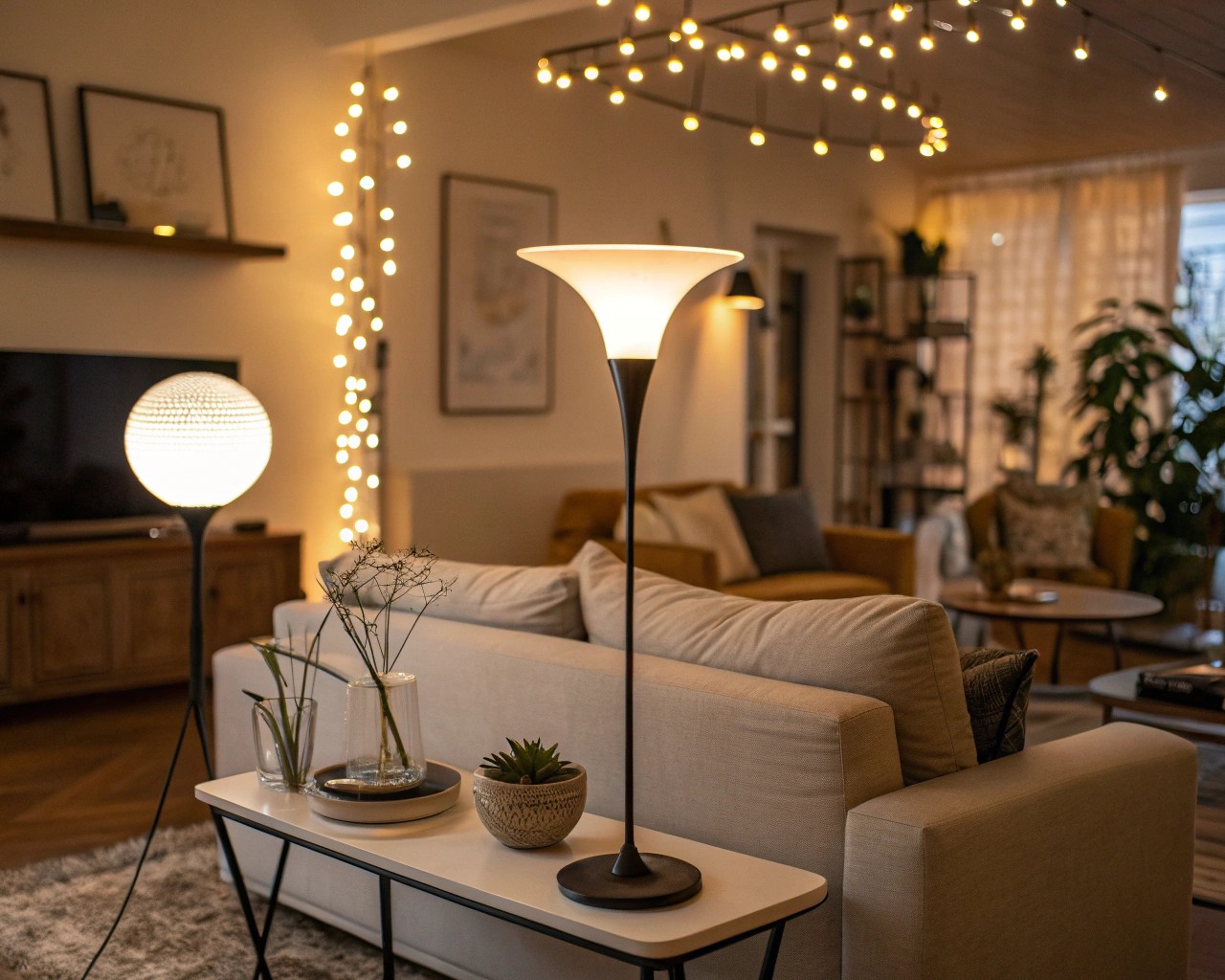
Effective lighting for windowless rooms requires a strategic layered approach:
Layer 1: Ambient Lighting
– Provides overall illumination
– Recessed ceiling lights
– Pendant fixtures
– Cove or indirect lighting that washes walls with light
Layer 2: Task Lighting
– Illuminates specific activity areas
– Desk lamps
– Under-cabinet lighting
– Reading lamps
Layer 3: Accent Lighting
– Creates visual interest and highlights features
– Wall sconces
– Picture lights
– Uplighting for plants or architectural features
I always tell clients that a single ceiling light will never create a bright, welcoming room. In one windowless home office, we installed recessed perimeter lighting, wall sconces flanking the desk, and subtle LED strips in the bookshelves. The result was a space that felt naturally bright from multiple directions.
Light Temperature Considerations
The color temperature of your lighting dramatically affects how natural and inviting a space feels:
| Light Temperature | Kelvin Range | Effect in Windowless Rooms | Best Applications |
|---|---|---|---|
| Warm White | 2700K-3000K | Creates cozy, intimate atmosphere | Living areas, bedrooms |
| Neutral White | 3500K-4000K | Balanced, natural illumination | Home offices, kitchens |
| Cool White | 4000K-5000K | Simulates daylight | Basements, craft rooms |
| Daylight | 5000K-6500K | Energizing, true color rendering | Art studios, workspaces |
For the most natural-feeling lighting, consider systems that adjust throughout the day—warmer in mornings and evenings, cooler during midday—to mimic the natural cycle of daylight.
Smart Lighting Technologies
Today’s smart lighting systems offer revolutionary solutions for windowless spaces:
- Philips Hue and similar systems that adjust temperature and brightness automatically
- Programmable scene settings for different activities and moods
- Light panels and fixtures that simulate skylight or window effects
- LED lighting with indirect placement to brighten walls and create atmosphere
One of my most successful projects involved installing smart lighting throughout a basement apartment. The client reported a significant improvement in mood and energy after we programmed the lights to simulate the natural rhythms of daylight.
Furniture and Layout Considerations
Choosing the Right Furniture
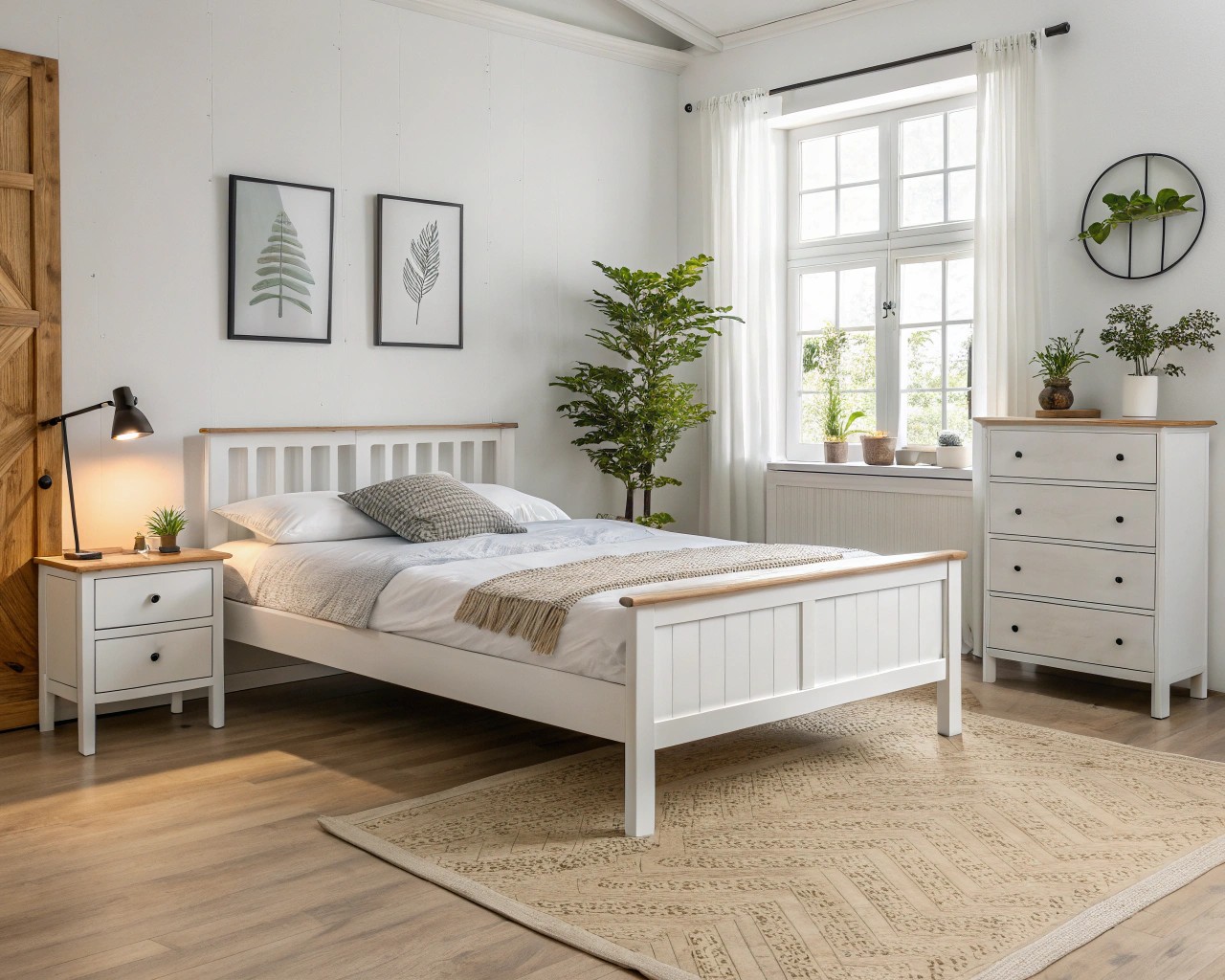
Furniture selection dramatically impacts brightness in windowless rooms:
- Opt for lighter woods or painted finishes on large pieces
- Choose furniture with legs rather than pieces that sit directly on the floor
- Select glass or transparent acrylic tables to reduce visual weight
- Consider furniture with reflective or metallic accents
- Look for Scandinavian, mid-century modern, or minimalist styles with streamlined profiles
When working with a particularly dark dining room, we replaced a heavy wooden table with a glass-topped version on a slender base. The change instantly made the room feel lighter and more spacious.
Strategic Furniture Placement
How you arrange furniture is as important as what furniture you choose:
- Keep taller pieces against walls rather than floating in the room
- Avoid blocking light paths from doorways or artificial light sources
- Create visual space by leaving some walls entirely free of furniture
- Use slimline furniture to allow maximum light flow through the room
I once worked with a client whose basement bedroom felt like a cave until we rearranged the furniture. Simply moving the heavy bookcase from beside the doorway to the far wall allowed significantly more light to penetrate the room.
Flooring Solutions
Light-Enhancing Flooring Options
The floor occupies a substantial visual area in any room and can significantly contribute to brightness:
- Painted wooden floors in pale shades like duck-egg blue or soft gray
- Light-colored carpet in mushroom or warm neutral tones
- Reflective tiles with subtle sheen
- Lighter wood species like maple or birch
- Large light-colored area rugs over existing dark floors
A client with a dark basement was amazed at how much brighter the space felt after we replaced dark carpeting with pale maple laminate. The floor reflected the ceiling light throughout the room and instantly made it feel more spacious.
Technological Solutions for Windowless Spaces
Virtual Windows and Skylights
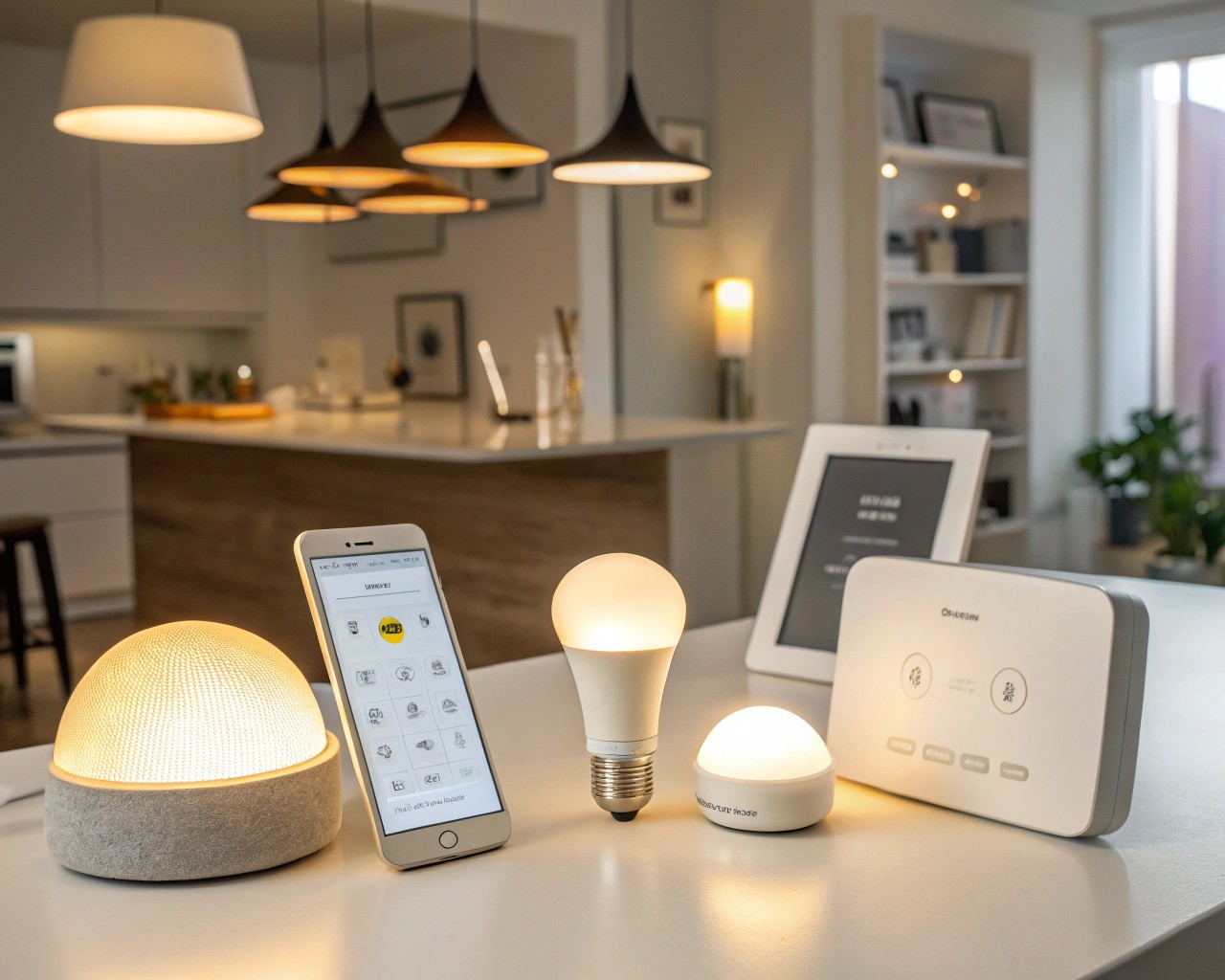
Technology now offers innovative solutions to simulate natural light:
- Virtual skylights using LED panels that mimic real skylights
- Virtual windows with programmable “views” and light qualities
- Fiber optic systems that channel actual sunlight from roof collectors
- Programmable LED panels that change light quality throughout the day
While these solutions range from affordable to quite expensive, they can be transformative investments for permanently dark spaces.
Case Study: The Quabbin Regional School District Project
An excellent example of comprehensive brightening strategies can be found in the Quabbin Regional School District Support Facilities project in Massachusetts. This 8,000 square foot space incorporated:
- Architecturally integrated daylighting
- Low-glare pendant and surface mount fluorescent fixtures
- Dimming ballasts with ambient light sensors
- Daylight harvesting sensors
- Ceiling and wall mounted occupancy sensors
The result was a space that achieved the highest levels of energy efficiency while providing comfortable, natural-feeling light throughout.
Accessorizing for Light
Art and Wall Decorations
Thoughtful accessories can significantly enhance brightness:
- Bright, colorful artwork with light-colored mats and frames
- Canvas prints with vibrant scenes of outdoor settings
- Wall sculptures in metallic or reflective materials
- Light-colored textiles like macramé wall hangings
In one particularly dark hallway, we created a gallery wall using beach and sky photographs in white frames. The images not only brought visual brightness to the space but also created a psychological connection to bright outdoor scenes.
Plants and Natural Elements
Though it might seem counterintuitive to add plants to a windowless space, certain varieties can thrive in artificial light while adding life and energy:
- Snake plants and ZZ plants tolerate low light conditions
- Pothos and philodendron add cascading greenery
- Preserved moss panels bring natural texture without light requirements
- High-quality faux plants can add the visual benefit without maintenance concerns
A client’s interior bathroom was transformed with a preserved moss wall installation that added vibrant green life to an otherwise sterile space.
Quick Reference: Room-by-Room Brightening Checklists
Windowless Bathroom
- ☐ High-gloss paint in pale colors
- ☐ Full-wall mirror or multiple mirrors
- ☐ Layered lighting (ceiling, vanity, accent)
- ☐ Glass shower doors instead of curtains
- ☐ Reflective tiles or surfaces
- ☐ Light-colored textiles
- ☐ Consider a skylight if structurally possible
Basement Living Area
- ☐ Light-colored walls with warm undertones
- ☐ Strategic mirror placement to reflect artificial light
- ☐ Three-layer lighting approach (ambient, task, accent)
- ☐ Light-colored or transparent furniture
- ☐ Minimal, streamlined furniture arrangement
- ☐ Bright artwork and accessories
- ☐ Consider virtual window technology
- ☐ Light-colored area rugs
Interior Office
- ☐ Cool white lighting (4000K-5000K) for productivity
- ☐ Task lighting for work surfaces
- ☐ Reflective surfaces on desk or shelving
- ☐ Light-colored walls and ceiling
- ☐ Mirrors positioned to maximize light reflection
- ☐ Bright, energizing accent colors
- ☐ Consider circadian lighting systems

